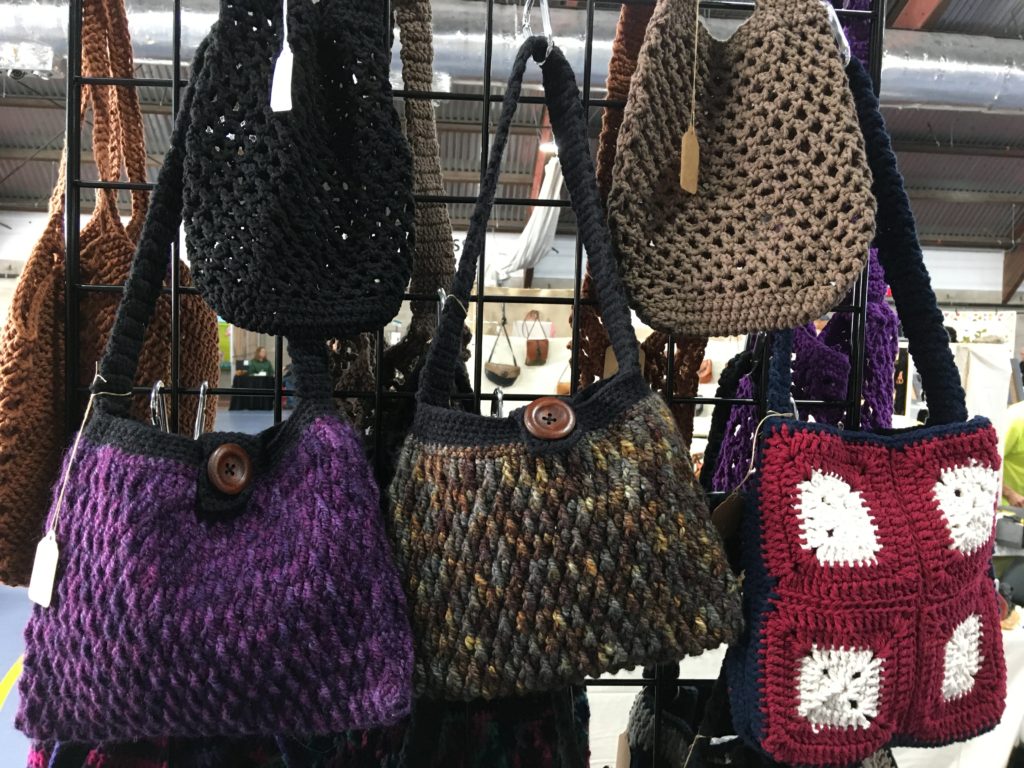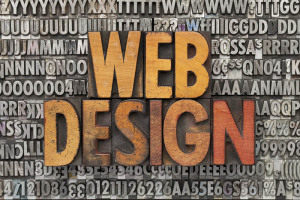Upgrade Your Brand Standard Guide
 Brand standard guides used to be things only big, Fortune 500 corporations would create for their brand. But now with the proliferation and accessibility of marketing tools today, small businesses are also expected to maintain a brand identity. This is especially helpful for any vendors you employ, including graphic and web designers, product developers, and other marketing and sales professionals, to better understand how to use your brand.
Brand standard guides used to be things only big, Fortune 500 corporations would create for their brand. But now with the proliferation and accessibility of marketing tools today, small businesses are also expected to maintain a brand identity. This is especially helpful for any vendors you employ, including graphic and web designers, product developers, and other marketing and sales professionals, to better understand how to use your brand.
Before we start, let’s define what a brand identity standards guide is for those who don’t know. A brand standard or style guide is a set of instructions that let others know how to use your brand identity, and, thus, create consistency with how your brand is viewed by others. The guide will provide instructions on how to use your logo, colors, layouts, images, and typography in a variety of media, such as package design, stationery, social media, website, email, banners, etc.
A standard guide can be in any format, including a PDF file that can either be downloaded from a website or printed or a dedicated brand standards page on your website. You should choose a format that is easy to update, as your brand standards may change regularly.
Depending on the type of business you run and who your client base is, the size of your standards guide could vary from a couple of pages to dozens of pages. All standards guides should at least have the following components:
- Introduction: Tell users the general purpose of the guide
- Organizational MIssion: What does your organization stand for and why you selected this brand identity.
- Logo: What you can and can’t do with it and what’s acceptable. Show the logo in both color and black and white. Should there be a clearance space around the logo? What are the dimension restrictions?
- Color Palette: What are the official colors your company uses to represent its brand? Show the actual color(s) in RGB, CMYK, and Pantone.
- Typography: Show the entire alphabet, numbers, and other special characters in the font(s) that your organization uses.
- Images: Show examples of photos that are acceptable and show specific styles. Be specific about what images are not acceptable.
- Copy: What type of copy or text is acceptable to express your brand?
Again, this is a very basic explanation of a standards guide, and every company has a different approach to using one. This is a great time to create a standards guide to start your organization off on the right foot! For more information on creating a brand standards guide for your organization, contact my company.


